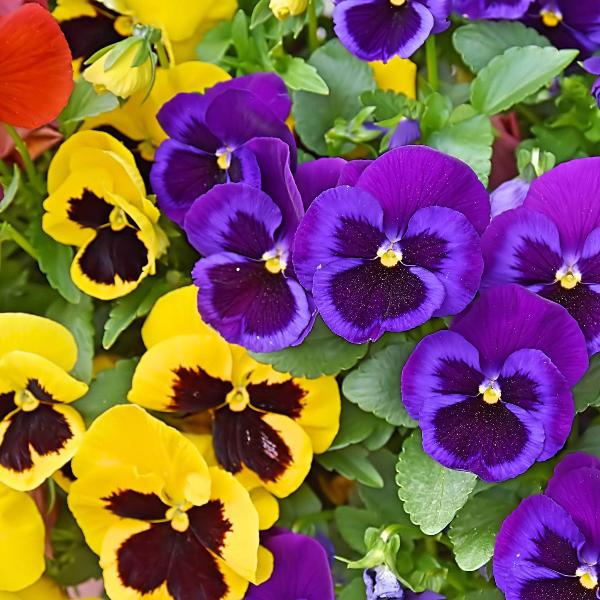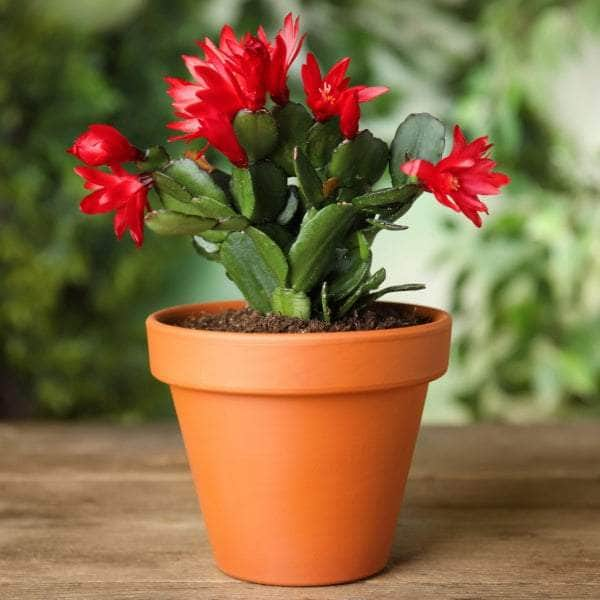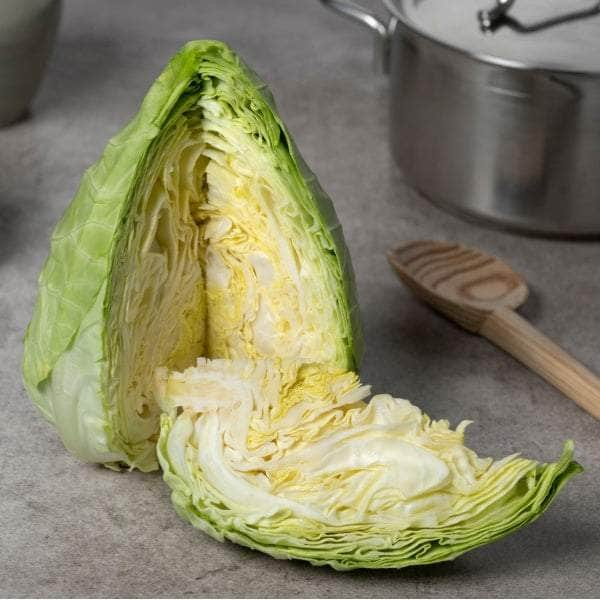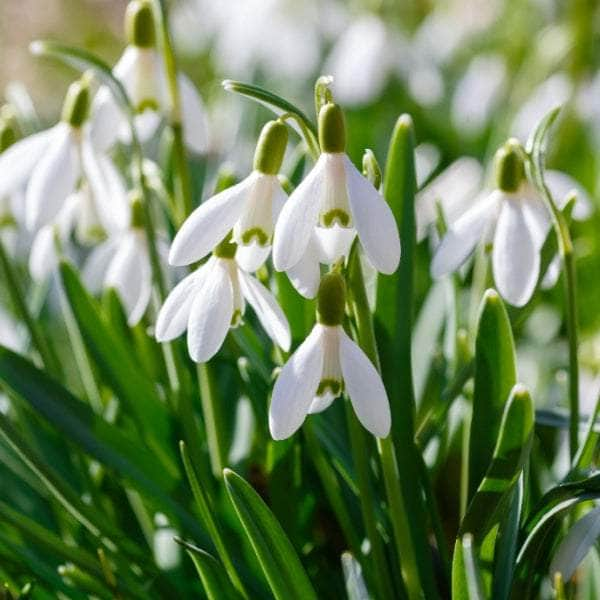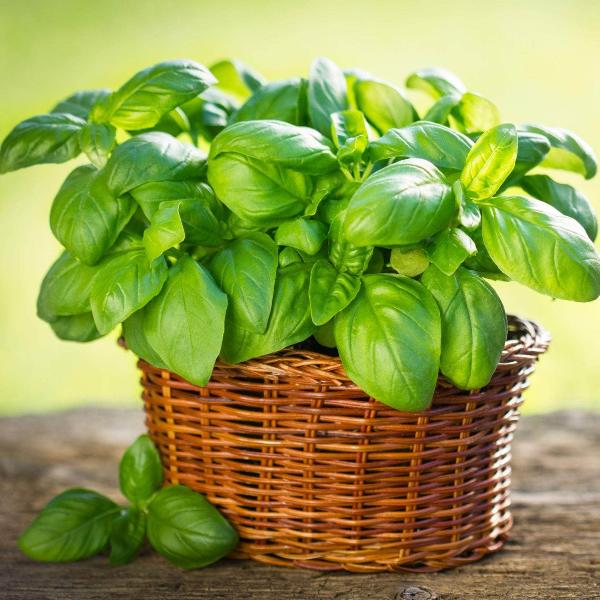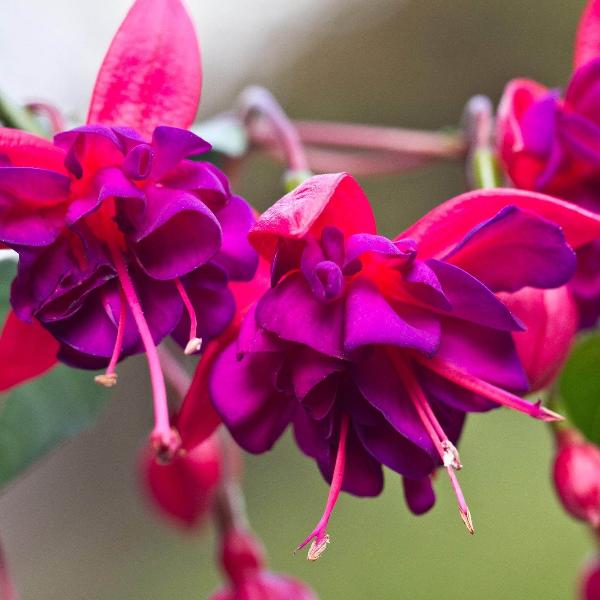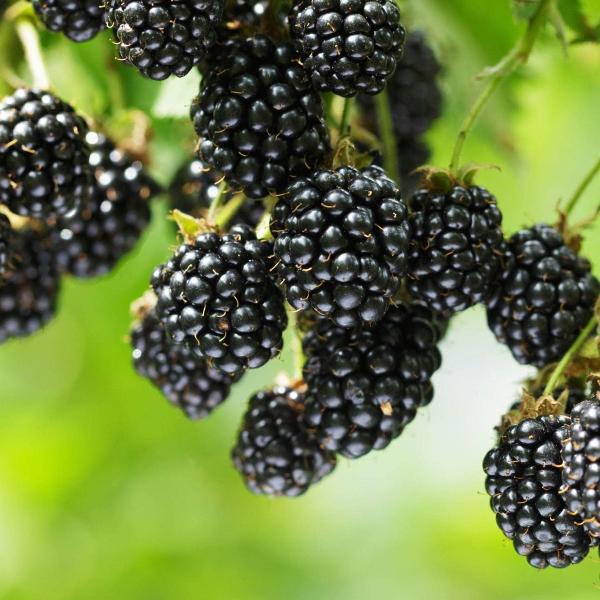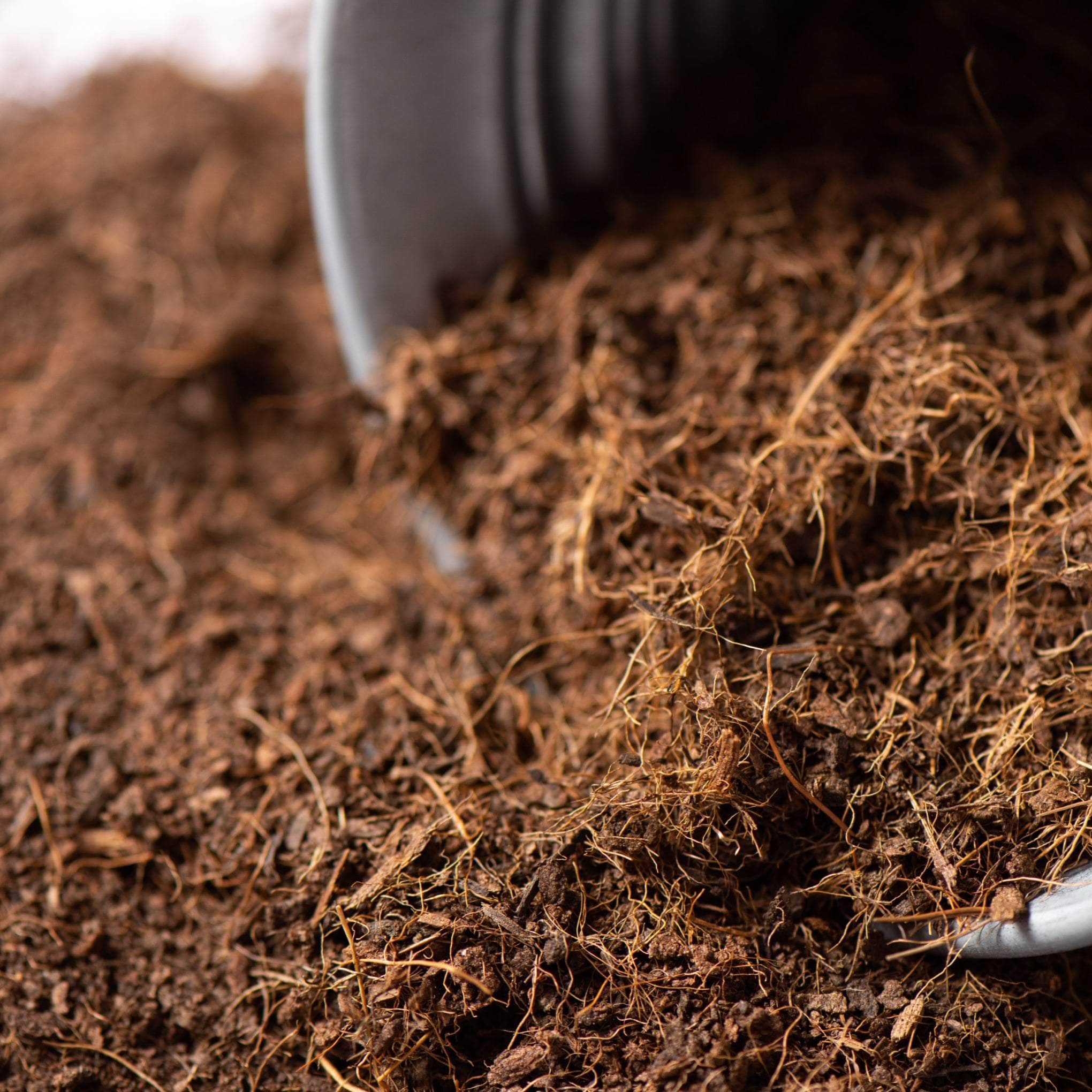The Ultimate Guide to Planting a Bulb Lasagne
Autumn is bulb-planting season. It’s the time when gardens are slowing down above ground, but below the surface, bulbs are preparing for a spectacular show next spring. By planting in September, October and even into November (before the ground freezes), bulbs have the chance to establish strong roots in the cool, moist soil. Come spring, they burst into flower - often just when we need colour most.
One of the most rewarding ways to plant spring bulbs is to use the bulb lasagne technique. Much like the layers in a pasta bake, bulbs are planted in tiers: the largest, latest-flowering bulbs at the bottom, mid-season bulbs in the middle, and the smallest, earliest bulbs near the surface. The result is a container or border that flowers in waves from late winter right through to May.
🌼What is a Bulb Lasagne?
A bulb lasagne (also called “layered bulb planting”) is a method that originated in the Netherlands to maximise colour and space in small gardens and patios. The concept is simple:
- Bottom layer (deepest): Tulips, which flower later in spring.
- Middle layer: Daffodils (Narcissi), which flower mid-season.
- Top layer: Small bulbs like Iris or Crocus, which bloom earliest, often in February.
Because bulbs naturally send their shoots upwards, they simply curve around the layer above. This allows multiple varieties to grow in the same pot without competing directly.
🌷 Why Plant a Bulb Lasagne?
There are several reasons gardeners love this method:
-
Extended flowering season – Instead of a single flush of colour, you get months of blooms.
-
Space efficiency – Perfect for patios, balconies, or small gardens where every pot counts.
-
Dramatic impact – A single pot can look like a rolling display of changing flowers.
-
Low effort, high reward – Plant once in autumn, enjoy a show until late spring.
🌱 Choosing the Right Bulbs
At Acqua Garden, we stock a carefully curated selection of bulbs perfect for lasagne planting. To achieve the classic three-layer effect, we recommend:
Layer 1 (Deepest): Tulips ‘Mixed’
Tulips are the stars of late spring. Their bold colours and elegant shapes create a dramatic finale. Plant these in the deepest layer (10–12 cm down). By the time they flower in April and May, earlier bulbs will be fading, keeping the display fresh.
Layer 2 (Middle): Narcissi ‘Tête-à-Tête’
One of the most popular dwarf daffodils, ‘Tête-à-Tête’ produces cheerful yellow blooms in March. Compact and reliable, they sit beautifully above tulips without overshadowing them. Their mid-season timing bridges the gap perfectly between early iris and late tulips.
Layer 3 (Top): Iris ‘Reticulata’
These jewel-like irises are among the first bulbs to flower, often appearing in February when winter still lingers. Their deep purples and blues bring much-needed colour at the coldest time of year. Because they are small and shallow-rooted, they’re perfect for the top layer.
Shop our full range of spring bulbs here

🪴 Step-by-Step Guide: How to Plant a Bulb Lasagne
What you’ll need:
-
A large, deep container (at least 30 cm deep, with drainage holes)
-
Multipurpose compost mixed with horticultural grit for drainage
-
A selection of bulbs (Tulips, Narcissi, Iris)
-
Crocks, stones, or broken terracotta for the base
Steps:
-
Prepare the pot
Place crocks or stones at the bottom for drainage. Fill with a layer of compost. -
Layer 1 – Tulips
Plant tulip bulbs pointy side up, 10–12 cm deep. Space them evenly but don’t worry about a little crowding; this creates a fuller display. Cover with compost. -
Layer 2 – Narcissi ‘Tête-à-Tête’
Add daffodils 6–8 cm above the tulips. Stagger them so they’re not directly above tulips — this helps shoots find their way up. Cover with compost. -
Layer 3 – Iris ‘Reticulata’
Plant iris bulbs just 3–5 cm below the surface. These small bulbs will flower first. Cover with compost. -
Finish
Top up with compost, firm gently, and water well. For extra winter interest, you can plant violas, pansies, or heathers on the surface.
💧Caring for Your Bulb Lasagne
- Watering: Keep compost moist but not soggy. Check pots weekly in dry spells, even in winter.
- Feeding: From early spring, feed fortnightly with a high-potassium fertiliser (like tomato feed) to support flowering and bulb strength.
- Positioning: Place containers in a bright but sheltered spot. Bulbs enjoy cool conditions but need light.
- Post-flowering: Let foliage die back naturally — never cut it off while still green, as this fuels the bulb for next year.
🌸Design Tips and Inspiration
- Colour themes: Choose a palette (e.g. purples and yellows) for harmony, or mix bright colours for cheerful contrast.
- Multiple pots: Create several lasagnes with different bulb mixes for a staggered, rolling display.
- Borders: Bulb lasagnes aren’t just for pots - layer bulbs in the ground to create borders that flower in succession.
📅 When to Plant
Plant your bulb lasagne between late September and November. Narcissi and Iris can be planted as early as September. Tulips prefer slightly cooler soil, so October and November are ideal. The earlier you plant in autumn, the stronger the roots will be by spring. Always plant before the first hard frost.
🌟Key Bulbs for Bulb Lasagnes
-
Tulips ‘Mixed’ – Bold, colourful, elegant, and reliable late spring stars.
-
Narcissi ‘Tête-à-Tête’ – Cheerful dwarf daffodils, compact and long-lasting.
-
Iris ‘Reticulata’ – Jewel-like early bloomers with rich purple and blue petals.
-
Crocus ‘Mixed’ – Early pops of colour, excellent alternatives for the top layer.
-
Snowdrops (Galanthus ‘Elwesii’) – Delicate white flowers that often signal spring’s arrival.
Final Thoughts
Planting a bulb lasagne this autumn is one of the most rewarding things you can do in the garden. With just one pot and a thoughtful mix of tulips, daffodils and irises, you can enjoy flowers from the depths of winter right through to late spring.




